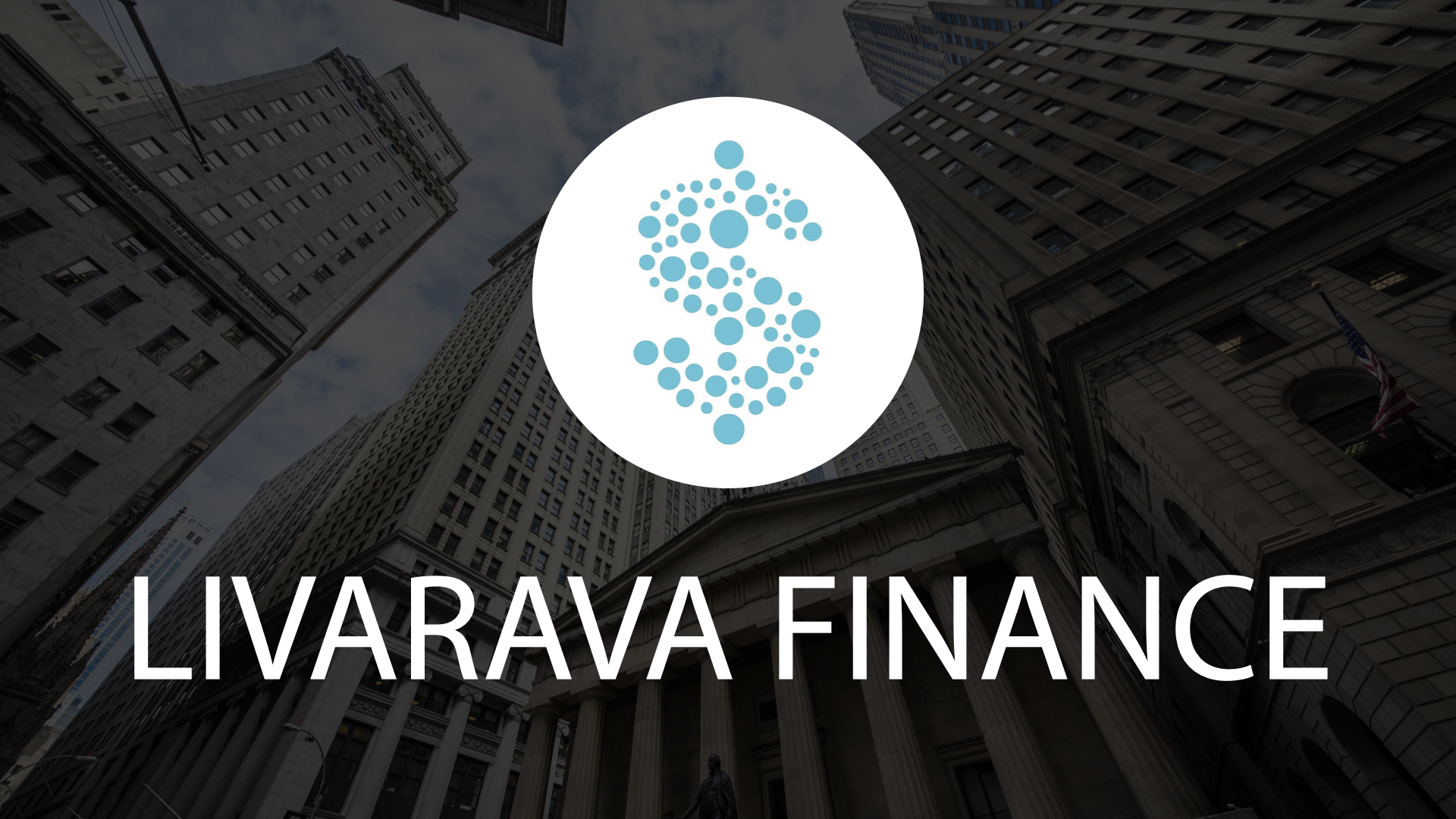Everything You Need to Know About Mortgage Rate Locks

What is a Mortgage Rate Lock?
Mortgage rate locks are agreements between borrowers and lenders that set the interest rate on a mortgage for a specific period. This lock ensures that the borrower will receive a specific interest rate, regardless of market fluctuations.
Benefits of Rate Locks
- Protect against rising interest rates, which can increase monthly payments.
- Provide certainty and planning ability for budgeting.
Cost Implications of Rate Changes
As an example, on a 30-year loan of $350,000, an increase from 7% to 8% results in an extra $239.62 monthly payment, cumulating to over $86,000 over the lifetime of the mortgage.
Conclusion
Overall, locking in a mortgage rate is a strategic move for home buyers that can lead to substantial savings and financial stability. As rates fluctuate, understanding how rate locks work can empower consumers to make informed decisions.
This article was prepared using information from open sources in accordance with the principles of Ethical Policy. The editorial team is not responsible for absolute accuracy, as it relies on data from the sources referenced.